Navigating through the marketing funnel can often feel like a daunting journey, right?
But fear not!
In this article, we’ll explore actionable strategies that transform this seemingly complex process into a straightforward path to success.
From identifying potential customers to nurturing them into loyal advocates, we’re covering it all.
So, whether you’re a small business owner or a marketing pro, these insights will enhance your business strategy and drive results.
Ready?
Let’s dive right in!
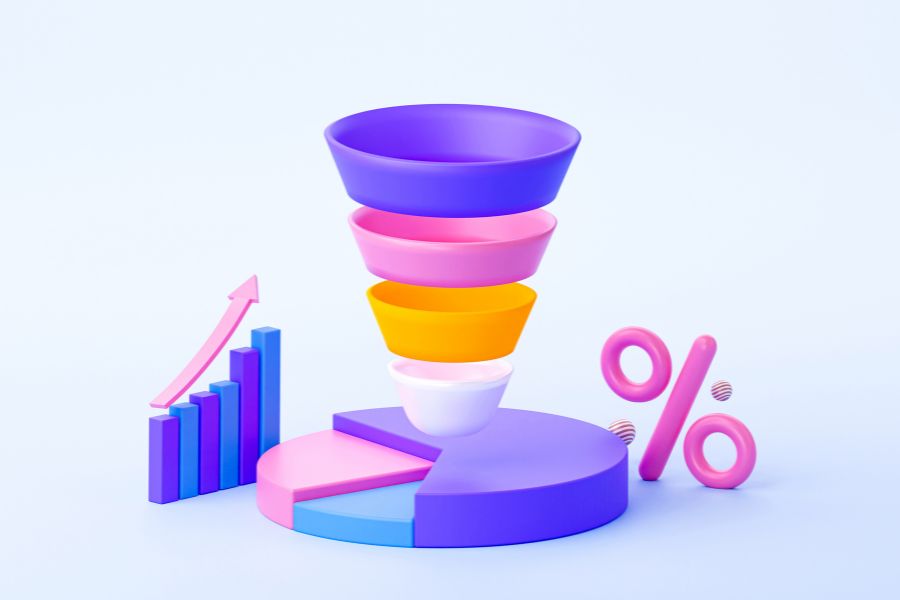
What is a Marketing Funnel?
Understanding marketing funnels is crucial for any marketer or business owner.
But first, let’s clear up a common question: what exactly is a marketing funnel?
Simply put, marketing funnels visualize the journey a customer goes through, from first learning about your brand to making a purchase and beyond.
It’s a fundamental concept in both digital marketing and traditional marketing realms.
Now, you might be wondering, how does this differ from a sales funnel?
While they sound similar, there’s a subtle yet significant difference.
The traditional marketing funnel is broader, encompassing the entire customer journey.
On the other hand, the sales funnel is more focused and kicks in at the later stages of the customer journey. It’s specifically concerned with converting potential leads into actual sales.
Understanding both funnels is vital because they work hand-in-hand.
The marketing funnel creates and nurtures the potential leads, and the sales funnel takes these nurtured leads and converts them into customers.
Why Should You Use a Marketing Funnel?
Now, why should you care about the marketing funnel? The reasons are manifold:
- Guides Your Marketing Strategy: A well-defined funnel helps in tailoring your marketing efforts at different stages, ensuring that you’re reaching out to your audience in the most effective way.
- Increases Conversion Rates: By understanding and optimizing each stage of the funnel, you increase the likelihood of turning a prospective customer into a loyal customer.
- Improves Customer Retention: The funnel doesn’t end at the sale. Post-purchase stages help turn an existing customer into a brand advocate, ensuring long-term business growth.
- Helps in Resource Allocation: Knowing where to focus your resources in the funnel can lead to more efficient and targeted marketing campaigns.
So, whether you’re dealing with a B2B (business-to-business) or B2C (business-to-consumer) model, understanding your marketing funnel is imperative.
The key difference lies in the length and complexity of the funnel…
B2B funnels are often longer and involve more decision-makers, while B2C funnels are typically shorter and more straightforward.
The 4 Key Stages of the Marketing Funnel
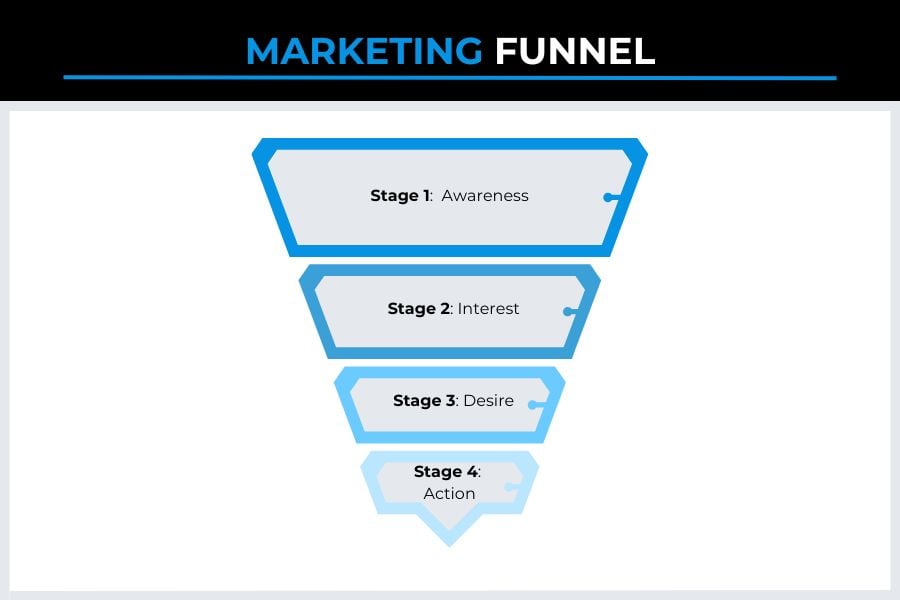
Let’s dive into the heart of the marketing funnel. There are 4 critical stages that every marketer should be aware of:
1. Awareness
In the first stage of the marketing funnel, awareness stands as the cornerstone. It’s where you ignite that initial spark that illuminates your brand.
It’s where your marketing strategies work tirelessly to ensure that when a prospect thinks of a need, your brand shines through as the go-to solution.
2. Interest
Once your brand has caught the eye of a prospective customer, the next phase is nurturing their fledgling interest. It’s where you start to build a deeper relationship.
But it’s not just about informing them about your products or services but connecting with them on a level that goes beyond the transactional.
Here, your content needs to speak to their challenges, aspirations, and interests.
3. Desire
In the desire stage, your task is to transition the interest of a potential customer into a tangible desire for your offerings.
It’s subtle, gentle, natural persuasion where you demonstrate not just that you have what they need but that what you offer is the best possible solution for them.
So, your products or services should align perfectly with what your potential customers are seeking.
You’re not just selling a product or a service; you’re offering a solution, an experience, a way to enhance their lives.
4. Action
Finally, we arrive at the action stage, the crescendo of all your marketing efforts.
Here, the goal is to encourage the now-interested and desiring prospect to take the final step and make a purchase.
But this isn’t just about pushing for a sale; it’s about making that process as seamless and inviting as possible.
Every query is answered, every concern is addressed, and the path to purchase is clear and uncluttered.
It’s about providing a nudge, a final convincing argument that your product or service is not just desirable but essential.
How to Optimize the Marketing Funnel to Elevate Your Leads (& Conversions)
Now, let’s shift our focus to how you can optimize each stage of the marketing funnel.
Optimizing your marketing funnel is not just about getting leads and conversions; it’s about transforming a potential customer into a loyal brand advocate.
Let’s explore how to optimize each stage:
Top Funnel: Awareness
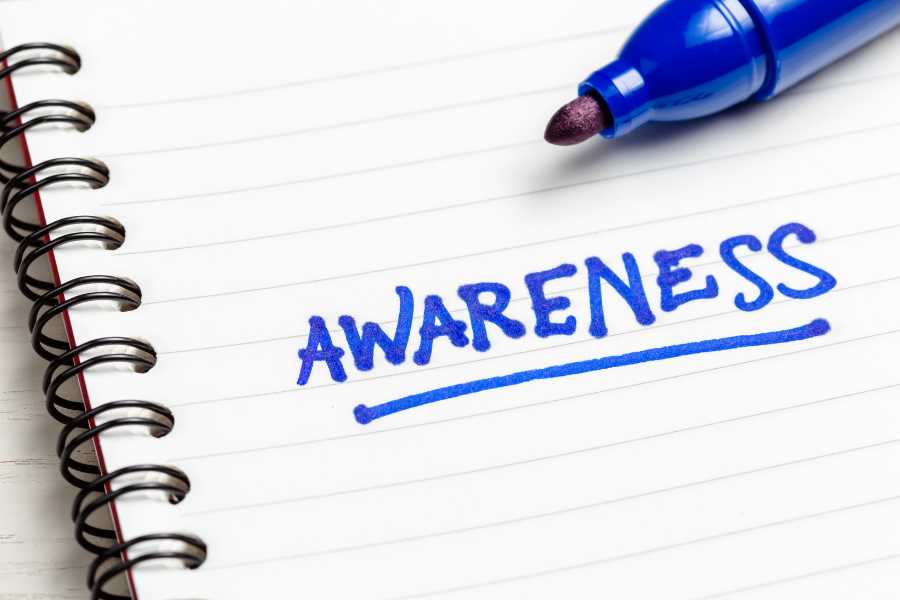
At the awareness stage, your goal is to make potential customers aware of your brand or product.
Leverage Social Media
In the digital era, consistent social media marketing reigns supreme in boosting brand awareness.
Regular, consistent posting keeps your brand at the forefront of users’ minds, establishing a digital presence that’s both memorable and impactful.
But it’s also crucial to actively engage with your target audience.
For instance, engaging in trending topics can increase your brand’s visibility.
Moreover, collaborating with influencers who resonate with your brand ethos can tap into their follower base, expanding your reach.
And don’t forget to tailor your content to each social media platform — vibrant, eye-catching posts for Instagram, insightful articles for LinkedIn, and engaging, short-form content for platforms like TikTok and Twitter(X).
Content Marketing
Content marketing is the art of storytelling that captivates your audience while subtly promoting your brand.
The key is to create content that is not only informative but also resonates with your target audience’s interests and needs.
For instance, imagine a home decor business sharing a DIY blog post about home decoration tips or a tech company providing insightful articles on the latest industry trends.
An effective content marketing strategy positions your brand as an authority in your field and builds a special bond with your audience.
Google Ads
Utilizing Google Ads effectively can catapult your brand’s visibility to new heights.
The secret sauce here is targeting the right keywords that your potential customers are searching for.
But it’s not just about the right keywords; crafting compelling ad copy that speaks directly to the user’s needs and interests is equally vital.
Imagine a user searching for “best running shoes” and finding your ad that doesn’t just list a product, but offers a solution to their quest for the perfect running shoe.
Additionally, experimenting with different ad formats, like video ads or shopping ads, can help in capturing the attention of various user segments.
Middle Funnel: Interest
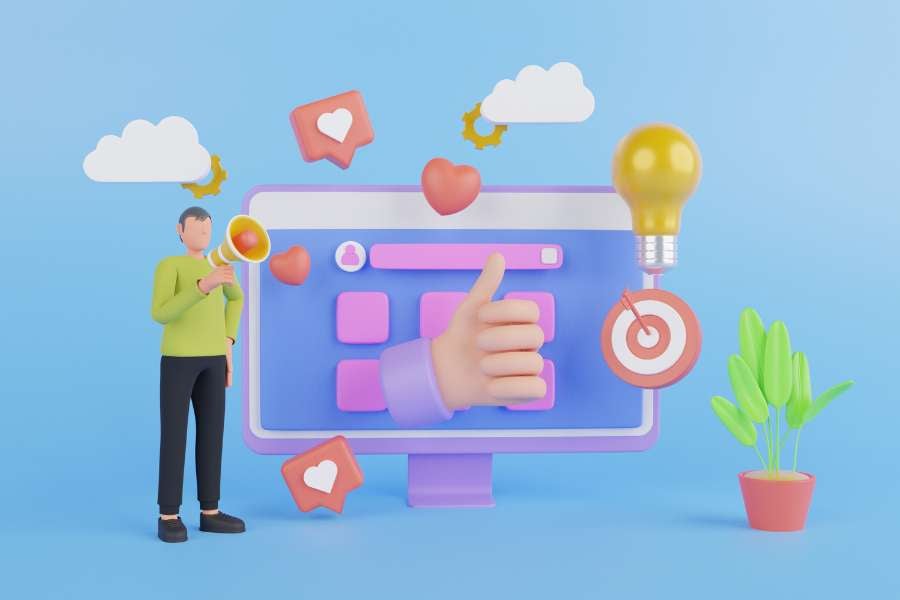
Now that you’ve got their attention, it’s time to build interest…
Email Marketing
Email marketing in the middle funnel is all about nurturing your leads.
To optimize this, consider segmenting your email list based on user behavior and preferences. This way, you can send highly targeted emails that resonate with each subgroup.
For instance, if you’re a fitness brand, you might have different email content for those interested in weight loss versus muscle building.
But don’t forget about the subject line. An engaging, thought-provoking subject line can help your emails stand-out amongst the clutter.
Overall, the key is to provide value in every email, whether it’s through educational content, exclusive offers, or sneak peeks at new products.
Engaging Content
Creating content that captivates and holds the interest of your audience is crucial.
Think about crafting stories around your products or services that align with your audience’s experiences or aspirations.
Interactive content, like quizzes or polls, can also be a great way to engage your audience.
Essentially, it’s about striking a balance between informative and entertaining, ensuring that your content always adds value to your audience’s life.
Social Proof
In the middle funnel, social proof acts as a trust signal and interest enhancer.
So, leverage customer testimonials is a classic yet powerful method.
But go beyond the typical quote-and-photo format; consider sharing customer stories or case studies that showcase the real impact your product or service had on their lives.
Video testimonials can be particularly effective here, offering a more authentic glimpse into customer satisfaction.
Another tactic is to highlight any partnerships with well-known brands or influencers, subtly indicating that respected figures in the industry trust your brand.
This kind of social proof not only builds credibility but also deepens interest, drawing your audience closer to a buying decision.
Bottom Funnel: Desire & Action
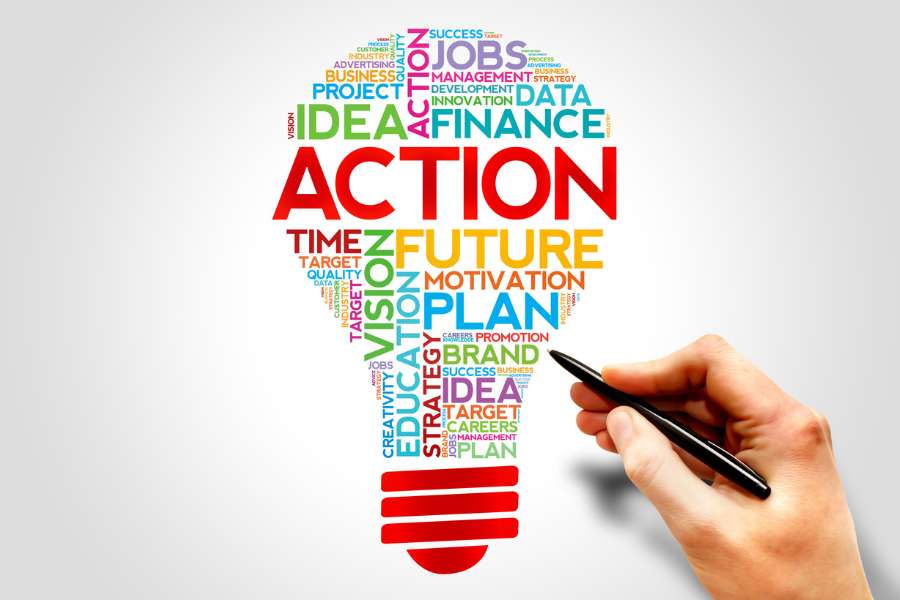
This is the critical stage where you convert interest into action. Here’s how…
Strong Call-to-Actions (CTAs)
Crafting CTAs that resonate with your audience is key to transitioning them from desire to action.
These CTAs need to be more than just eye-catching; they should evoke a sense of urgency and clarity.
For instance, instead of a generic ‘Click Here’, opt for ‘Get Your Free Trial Now!’, which offers both a compelling incentive and a prompt for immediate action.
Remember, the goal is to make the next steps obvious and enticing.
Experiment with different colors, positions, and wording in your CTAs to see what drives the best conversion rates.
A/B testing can be particularly useful here, allowing you to refine these elements based on real user responses.
Personalized Offers
In today’s digital landscape, personalization is not just appreciated, but expected by customers.
So, harness the power of data analytics to tailor offers that align with individual customer interests and previous interactions with your brand.
For example, if a customer frequently browses sports equipment on your site, sending them a special deal on running shoes could be the nudge they need to make a purchase.
It demonstrates that you understand and value your customer’s unique preferences, fostering a deeper connection and increasing the likelihood of conversion.
Remarketing
Remarketing is a formidable tool in ensuring that your brand stays top-of-mind for potential customers who haven’t made a purchase yet.
By strategically displaying ads to users who have visited your site but left without buying, you gently remind them of what they’re missing out on.
This strategy can be refined by segmenting your audience based on their behavior.
For example, if a visitor spent time looking at a specific product but didn’t buy it, you can target them with ads for that specific product, possibly coupled with a limited-time discount.
The key with remarketing is to be persistent without being invasive, maintaining a balance that keeps your brand positively in the customer’s awareness.
Ready to Unleash the Power of the Marketing Funnel?
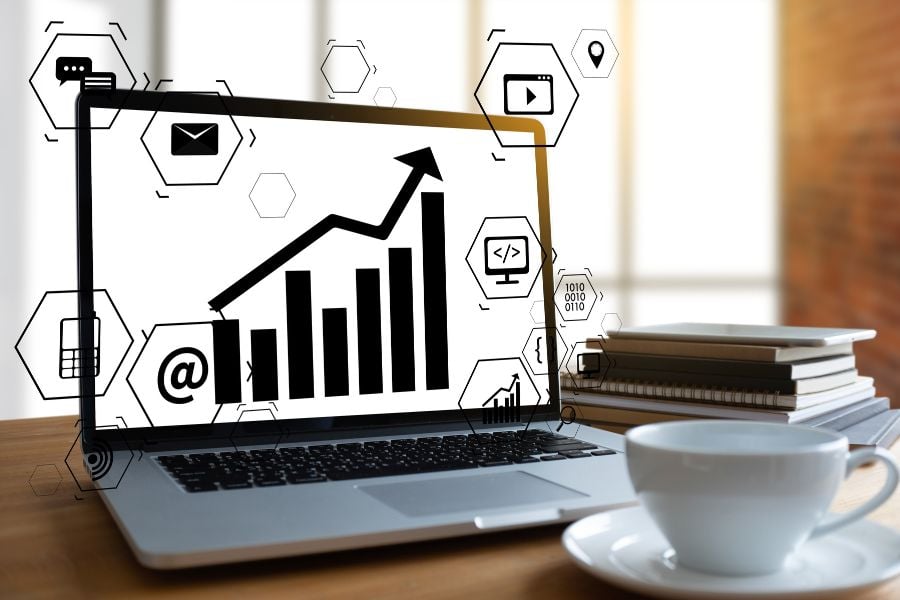
Each stage of the marketing funnel offers unique opportunities to connect with your target audience.
By understanding and optimizing these stages, you can create a powerful marketing strategy that converts leads into satisfied customers and, eventually, into brand advocates.
So, take a deep breath, embrace the knowledge you’ve gained in this article, and get to work.




Way too many marketers overlook social media Sam. I am glad that you mentioned this as being part of the funnel because billions of humans using one channel should not be ignored. I spend a decent chunk of time daily publishing detailed content to social and engaging people who dig, share and engage with my content. If you learn the algorithms of each platform and play by the rules you can drive highly targeted traffic through sites like Twitter and Facebook.
Ryan